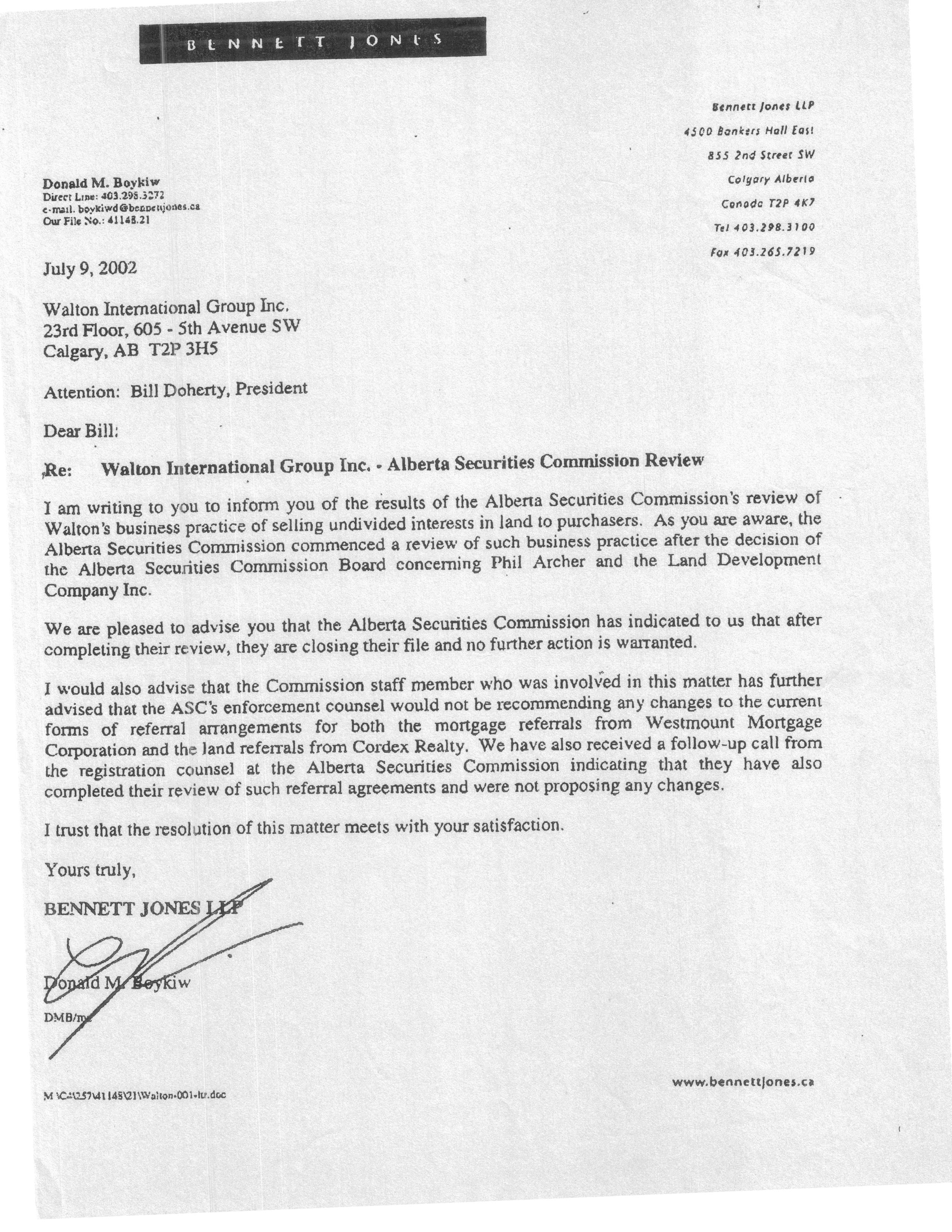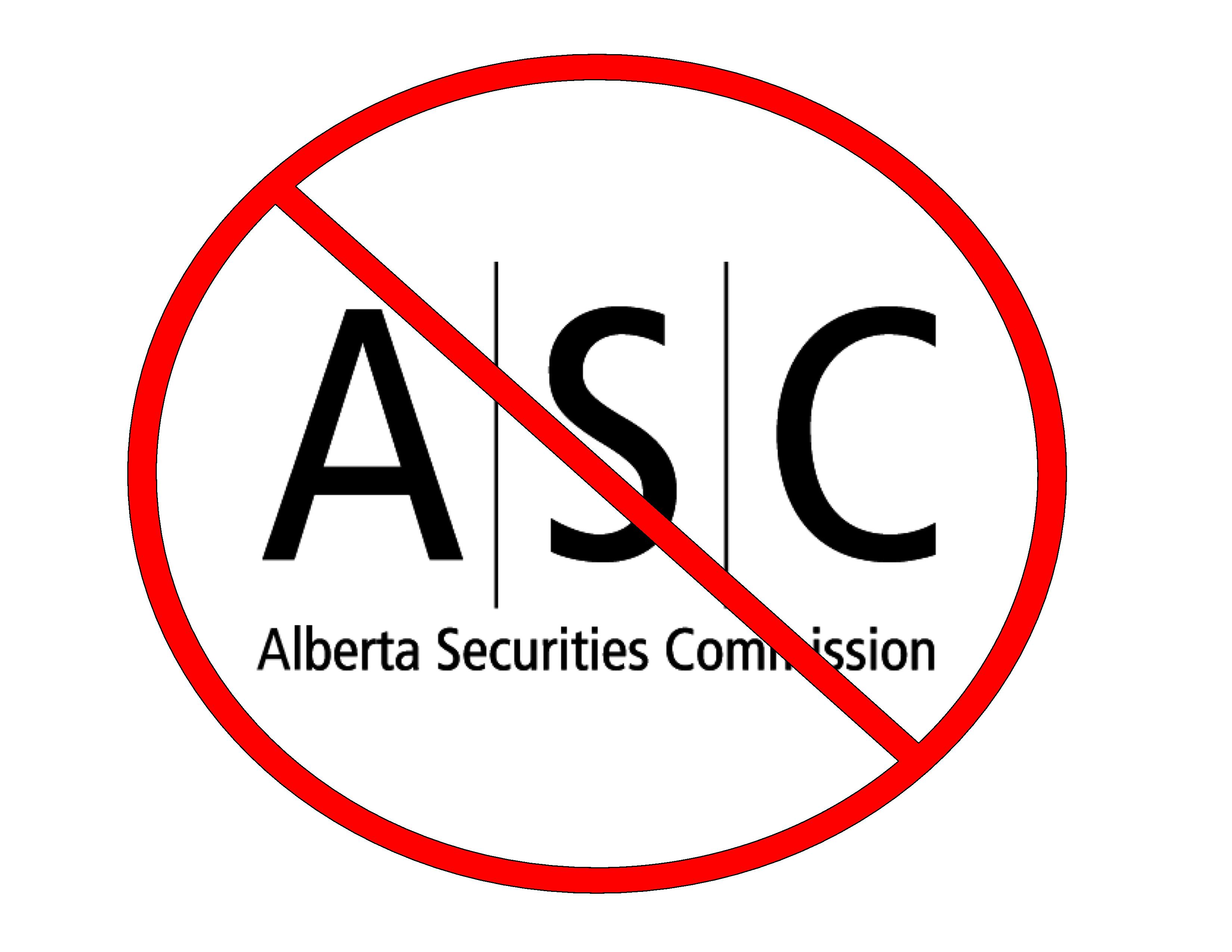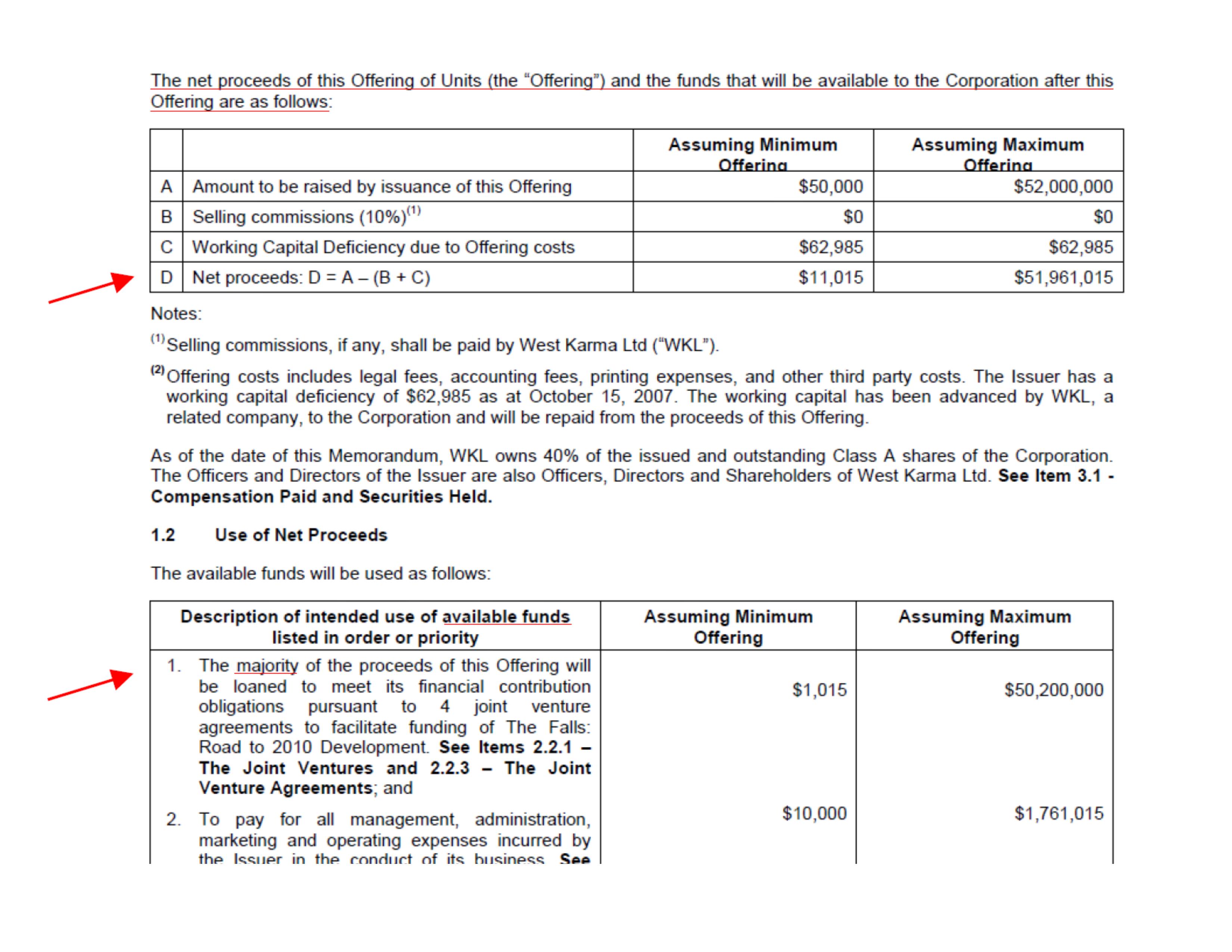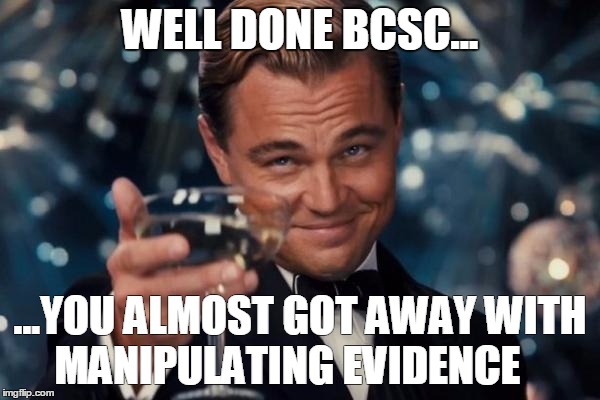It looks like the fiasco that IS the British Columbia Securities Commission (and one of their flunky lawyers, Olubode Fagbamiye) is alive and in full form. Recently, a judge in the Court of Appeal for British Columbia has ruled in favor of a BCSC Respondent – indicating that the BCSC (and their regiment) should be ‘extra careful’ when it hands out a permanent ban. They indicate such bans can ‘interfere with a person’s ability to earn a living, and should only be considered after an examination of lesser options.’ The Panel consisted of Suzanne K. Wiltshire, George C. Glover, Jr., and good ole Don Rowlatt.
From Mike Caswell – a reporter for Street Wire:
The matter before the Appeal Court was in regard to Larry Keith Davis (“Davis”) – Davis, an investor relations man who received a permanent ban from the BCSC in 2016. BCSC enforcement staff said that Mr. Davis offered to sell shares in an OTC Bulletin Board company to his neighbor. He then used her money for personal expenses, and never delivered the shares.
The matter went to a hearing before a BCSC panel, at which Mr. Davis argued that he was a victim of circumstances. The company that he worked for (Formcap Corp.) had promised him the shares after it completed a rollback. He said that he sold the shares to his neighbour on the basis that she would get the stock as soon as he did. Unfortunately for everybody, he never received the shares, he said.
The BCSC panel rejected Mr. Davis’s arguments, noting that he was well aware that Formcap was having serious financial troubles when he sold his neighbor the shares. Moreover, after his neighbor sought the return of her money, he continued to deceive her, the regulator determined. He told her that there was no money available as it was tied up in market.
When it came to penalties, the BCSC found that Mr. Davis’s actions constituted more than a minor offence. When he sold the shares to his neighbor, Wendy McDonald, he “not only knew he did not have any Formcap shares to sell to [Ms. McDonald] but also knew the previously proposed Formcap share consolidation had been abandoned and the company was having serious financial difficulties. Yet, he proceeded to agree to sell [Ms. McDonald] another 30,000 Formcap shares which he did not own on the same terms and conditions.”
For those reasons, the BCSC decided to impose a permanent ban. It also ordered Mr. Davis to pay $15,000. In doing so, it noted that the amount of money at issue was relatively small ($7,000) but Mr. Davis’s continuing deceit amounted to the “most serious misconduct” that the BCSC regulated.
The penalty, however, was not properly considered, at least according to the Court of Appeal. In its Friday ruling, the court determined that the BCSC should have looked at a lesser penalty for Mr. Davis. While much of the ruling hinges on technical points of law, the Court of Appeal heard that Mr. Davis had worked in the industry for decades without attracting any regulatory sanctions.
Of more importance, at least to other potential regulatory targets, is the fact that the Court of Appeal identified an error in the BCSC’s approach to the ban. The regulator imposed it without considering if a lighter sanction would suffice. A permanent ban is an extreme measure that should only be considered under a specific set of circumstances, the ruling states. Such bans are for instances when the public has been abused, an individual is resistant to governance, there is an element of criminal activity or there is a reason to believe that the individual could not be trusted to deal honestly with the public, the Court of Appeal found.
For those reasons, the Court of Appeal has sent the case back to the BCSC to have another look at Mr. Davis’s penalty. While Mr. Davis won the sanctions part of the appeal, he lost another part of the appeal in which he had contested his liability. The decision was unanimous, all three judges having agreed.
This revelation is huge – the BCSC has been issuing these permanent bans to virtually everyone the come across in their hearing room. Did they consider other possible (lesser) findings in matters such as ours? Of course they didn’t – they just don’t work that way! Breaking Canadian’s Charter of Rights on a daily basis seems to be the MO.
Complete case is available at this URL http://www.courts.gov.bc.ca/jdb-txt/ca/18/01/2018BCCA0149.htm Case #CA44114, April 20, 2018. Davis vs BCSC




